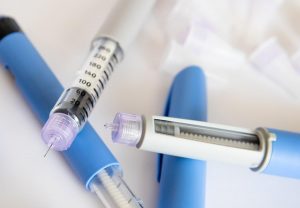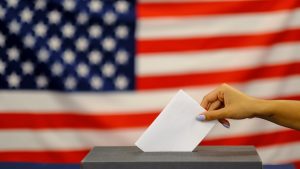 HEADSTRONG: 52 WOMEN WHO CHANGED SCIENCE AND THE WORLD is a collection of lively short histories, by author Rachel Swaby, on the work of past pioneering women in the sciences who have since found themselves sidelined by mainstream history. These biographies are full of fascinating details and easy-to-understand explanations of the important discoveries and breakthroughs that came about as a result of the hard work of women you’ve probably never heard of before. As Swaby recommends, read one a week for a year, and your knowledge and appreciation of herstory will benefit greatly. Lady Clever spoke with Swaby about her book and the need to bring these overlooked women into the spotlight.
HEADSTRONG: 52 WOMEN WHO CHANGED SCIENCE AND THE WORLD is a collection of lively short histories, by author Rachel Swaby, on the work of past pioneering women in the sciences who have since found themselves sidelined by mainstream history. These biographies are full of fascinating details and easy-to-understand explanations of the important discoveries and breakthroughs that came about as a result of the hard work of women you’ve probably never heard of before. As Swaby recommends, read one a week for a year, and your knowledge and appreciation of herstory will benefit greatly. Lady Clever spoke with Swaby about her book and the need to bring these overlooked women into the spotlight.
In the introduction to your book, you remark on how little is heard of the women involved in the scientific inquiry of the past and how that history has been “hidden.” Why, would you say, has it been “hidden”?
In some cases, their contributions were intentionally edited out. Rosalind Franklin’s work on the structure of DNA and Mary Anning’s dinosaur discoveries come to mind. In other cases, a scientist’s work would be cited with her superior’s name and he would be given credit publicly. Anna Wessels Williams isolated an important strain of diphtheria while her boss was on vacation. It was called Park-Williams No. 8. (William H. Park was her boss.) People shortened the name to Park 8, and her name and the credit she deserved disappeared. Historically, women were up for fewer awards, kept out of science associations, and had fewer opportunities to receive public recognition.
The book contains a lot of specific detail and interesting anecdotes — how did you go about your research to get these elements?
Thank goodness for universities that have online archives. That helped. I was thankful for the many well-researched biographies that aided my research. But my favorite sources were oral histories or old newspaper articles with lots of quotes. You get so much more texture about a person’s life through their own speech.
What do you hope will be the impact of the book on readers and society in general?
I hope we all start name-checking more women in science, not because they’re women in science, but because they’re scientists that deserve more recognition. I hope high school girls interested in STEM fields look around and see that there’s a place for them in the lab. Someone on my Reddit AMA made a really wonderful point: a diversity of perspectives makes science stronger.
What has been your favorite response to the book from a reader so far?
I love hearing about parents giving the book to their daughters. I’d also love to hear about more parents giving the book to their sons!
Which female scientists who are alive today would you have liked to include? Will there be a sequel?
There’s way more than one! Patricia Bath, the doctor, laser scientist, and inventor who designed the Laserphaco Probe for removing cataracts. Jocelyn Bell Burnell, the astrophysicist who discovered pulsars. Fei-Fei Li, the computer scientist who taught computers to recognize scenes in still photographs. Vera Rubin, the astronomer who was the first person to observe dark matter. The list goes on. I’m certainly considering a second project.
I’ve written before on the gender bias in scientific research and how this impacts treatment of women’s health issues. We know less about every element of female biology than we do about male biology. How might more women in scientific fields change this situation?
There would certainly be a wider distribution of interests represented — more voices to argue for the benefits of expanding studies to include women. But it’s more than that. Some of what is considered standard practice when scientific fields were mainly made up of men — you mentioned avoiding female test subjects in your article because of what their hormone cycles might do to testing — might be re-imagined by a more diverse group.
Feminists have long argued that science holds the male body as the ideal and the female body as inferior. Will it take more than increased numbers of women in positions of power in science to change that?
I think it will take more than just increasing the number of women in science. We’re talking about changing a whole history of the way we’re taught to see the world.
To get your own copy of this much-needed book, check out IndieBound, where you can support this kind of work and independent bookstores at the same time!







-300x169.jpg)


-300x221.jpg)






